Home>Gardening & Outdoor>Outdoor Recreation & Activities>How To Exercise On A Trampoline


Outdoor Recreation & Activities
How To Exercise On A Trampoline
Modified: January 4, 2024
Discover the fun and effective way to stay active with outdoor recreation and activities. Learn how to exercise on a trampoline and enjoy a full-body workout. Start bouncing towards a healthier lifestyle today!
(Many of the links in this article redirect to a specific reviewed product. Your purchase of these products through affiliate links helps to generate commission for Storables.com, at no extra cost. Learn more)
**
Introduction
**
Welcome to the exciting world of trampoline exercise! Bouncing on a trampoline isn't just for kids—it's a fantastic way for adults to have fun while getting a great workout. Whether you're a fitness enthusiast looking to add variety to your routine or someone seeking a fun and effective way to stay active, trampoline exercise has something to offer for everyone.
Trampoline workouts are not only enjoyable and invigorating but also provide a wide range of health benefits. From cardiovascular improvements to enhanced muscular strength and flexibility, bouncing on a trampoline offers a full-body workout that's gentle on the joints. Plus, the sheer joy of rebounding through the air can elevate your mood and reduce stress, making it a holistic approach to fitness and well-being.
In this article, we'll explore the various aspects of trampoline exercise, including its benefits, safety precautions, warm-up and cool-down exercises, as well as cardio and strength training workouts. Whether you're a beginner or a seasoned trampoline enthusiast, you'll find valuable tips and insights to make the most of your bouncing sessions.
So, put on your favorite workout gear, grab a water bottle, and get ready to bounce your way to better health and fitness! Let's dive into the world of trampoline exercise and discover how it can elevate your fitness journey.
Key Takeaways:
- Bouncing on a trampoline offers a fun and effective way to stay active, improve cardiovascular health, and reduce stress, making it a holistic approach to fitness and well-being for people of all ages.
- Prioritizing safety, proper warm-up and cool-down routines, and listening to your body’s cues are essential for a positive and sustainable trampoline workout experience, contributing to overall health and well-being.
Read more: How To Store Exercise Ball
Benefits of Trampoline Exercise
Trampoline exercise offers a myriad of benefits that contribute to overall health and well-being. Whether you’re a novice or a seasoned fitness enthusiast, incorporating trampoline workouts into your routine can yield remarkable results. Let’s explore the numerous advantages of bouncing on a trampoline:
1. Low-Impact Cardiovascular Workout:
Bouncing on a trampoline provides an effective cardiovascular workout without subjecting your joints to the stress of high-impact activities like running. The rhythmic bouncing motion elevates your heart rate, improving cardiovascular health and enhancing endurance.
2. Improved Lymphatic Circulation:
The up-and-down motion of trampoline exercise stimulates the lymphatic system, aiding in the removal of toxins and waste products from the body. This can contribute to a stronger immune system and overall detoxification.
3. Enhanced Balance and Coordination:
Rebounding on a trampoline requires constant adjustments to maintain balance, thereby improving coordination and proprioception. These skills are essential for daily activities and can help prevent falls, especially in older adults.
4. Muscle Toning and Strength Building:
The act of bouncing engages various muscle groups, including the legs, core, and even the arms during arm movements. Over time, consistent trampoline workouts can lead to improved muscle tone and overall strength.
5. Stress Reduction and Mood Enhancement:
Bouncing on a trampoline releases endorphins, the body’s natural feel-good hormones, which can alleviate stress and elevate mood. The sheer joy of rebounding through the air can uplift spirits and provide a mental break from daily stressors.
6. Weight Management and Fat Burning:
A vigorous trampoline workout can burn a significant number of calories, making it an effective tool for weight management and fat burning. The continuous movement and engagement of large muscle groups contribute to a higher calorie expenditure.
7. Joint-Friendly Exercise Option:
Unlike high-impact activities such as running or jumping on hard surfaces, trampoline exercise is gentle on the joints. The shock-absorbing surface of the trampoline reduces the impact on the ankles, knees, and hips, making it suitable for individuals with joint concerns.
These are just a few of the many benefits that trampoline exercise has to offer. Whether you’re aiming to improve your fitness level, manage weight, or simply have fun while working out, bouncing on a trampoline can be a delightful and effective addition to your exercise regimen.
Safety Precautions
While trampoline exercise can be incredibly enjoyable and beneficial, it’s essential to prioritize safety to prevent injuries and ensure a positive experience. By following these safety precautions, you can maximize the benefits of trampoline workouts while minimizing the risk of accidents:
- Proper Assembly and Maintenance: Ensure that your trampoline is correctly assembled and well-maintained. Regularly inspect the frame, springs, and jumping mat for any signs of wear and tear. Additionally, follow the manufacturer’s guidelines for weight limits and usage.
- Clear the Area: Before beginning your trampoline workout, clear the surrounding area of any obstacles, sharp objects, or debris that could pose a hazard during jumping. Ideally, there should be ample space around the trampoline to allow for safe dismounting.
- Supervision for Children: If children are using the trampoline, ensure that they are supervised by a responsible adult at all times. Implement age-appropriate rules and guidelines to promote safe bouncing and prevent collisions or rough play.
- Proper Footwear: Wear appropriate footwear, such as athletic shoes, while using the trampoline to provide traction and support. Avoid jumping barefoot or wearing slippery socks, as these can increase the risk of slipping or losing balance.
- Warm-Up and Cool-Down: Prior to engaging in vigorous bouncing, perform a thorough warm-up to prepare your muscles and joints for the activity. Similarly, conclude your trampoline session with a proper cool-down to gradually lower your heart rate and prevent muscle stiffness.
- Limitations and Caution: Be mindful of your physical limitations and avoid attempting advanced maneuvers or exercises beyond your current skill level. Progress gradually and listen to your body to prevent overexertion or strain.
- Single User at a Time: To minimize the risk of collisions and injuries, ensure that only one person uses the trampoline at a time. Attempting to perform synchronized or tandem jumping can lead to accidents and should be avoided.
- Weather Considerations: Exercise caution when using a trampoline outdoors, particularly in windy conditions. Secure the trampoline to prevent tipping and avoid using it during inclement weather or on slippery surfaces.
By adhering to these safety precautions and exercising mindfulness while on the trampoline, you can create a safe and enjoyable environment for your bouncing workouts. Remember that prioritizing safety enhances the overall experience and allows you to reap the full benefits of trampoline exercise.
Warm-Up Exercises
Prior to engaging in the exhilarating world of trampoline exercise, it’s crucial to prepare your body with a comprehensive warm-up routine. A proper warm-up not only primes your muscles and joints for the upcoming activity but also reduces the risk of injury. Here are some dynamic warm-up exercises tailored for trampoline workouts:
- Jumping Jacks: Begin with a few sets of jumping jacks on the trampoline to elevate your heart rate and engage multiple muscle groups. This classic warm-up exercise promotes circulation and prepares your body for more vigorous movements.
- Marching in Place: Stand at the center of the trampoline and perform a brisk marching motion, lifting your knees high with each step. This movement pattern activates the lower body muscles and enhances blood flow, setting the stage for a dynamic workout.
- Arm Circles: Extend your arms to the sides and perform gentle circular motions with your arms, gradually increasing the diameter of the circles. This exercise helps to loosen the shoulder joints and upper body muscles, preparing them for the bouncing and arm movements during the workout.
- Leg Swings: Hold onto the trampoline’s safety bar or frame for support and perform leg swings, moving each leg forward and backward in a controlled manner. This dynamic stretching exercise targets the hamstrings, quadriceps, and hip flexors, enhancing flexibility and range of motion.
- Ankle Circles: While standing on the trampoline, lift one foot off the surface and gently rotate your ankle in circular motions. Switch to the other foot after a few repetitions. Ankle circles help to improve ankle mobility and reduce the risk of strains during bouncing.
- Side-to-Side Bounces: Commence your warm-up by bouncing lightly from side to side on the trampoline, gradually increasing the height and intensity of the bounces. This motion primes the leg muscles and familiarizes your body with the trampoline’s surface.
- Deep Breathing and Stretching: Conclude your warm-up with deep breathing exercises and gentle stretching to release tension and promote relaxation. Perform slow, deep breaths while reaching overhead and stretching the sides of your body to prepare for the forthcoming workout.
By incorporating these dynamic warm-up exercises into your trampoline routine, you can optimize your performance and reduce the likelihood of muscle strains or discomfort. Remember, a well-executed warm-up sets the stage for an enjoyable and productive trampoline workout, allowing you to bounce with confidence and vigor.
Start with a light warm-up to prevent injuries. Use proper form and control your movements. Start with basic bounces and gradually increase intensity. Always land with soft knees to reduce impact on joints.
Cardio Workouts
Trampoline exercise offers an exhilarating platform for engaging in dynamic and effective cardiovascular workouts. Bouncing on a trampoline can elevate your heart rate, boost endurance, and provide a fun alternative to traditional cardio exercises. Whether you’re a fitness enthusiast or a beginner looking to improve your cardiovascular health, these trampoline cardio workouts are sure to elevate your fitness routine:
- Bounce and Jog: Alternate between gentle bouncing and jogging in place on the trampoline. Lift your knees high while jogging to maximize the cardiovascular benefit, and transition seamlessly between bouncing and jogging to maintain a steady rhythm.
- High Knee Bounces: Perform high knee bounces by lifting each knee as high as possible with each bounce. This dynamic movement engages the core and lower body while significantly increasing your heart rate, making it an effective cardio exercise.
- Interval Bouncing: Incorporate intervals of varying intensity into your trampoline workout. Alternate between periods of moderate bouncing and short bursts of high-intensity bouncing to challenge your cardiovascular system and maximize calorie expenditure.
- Jumping Jack Intervals: Integrate sets of jumping jacks into your trampoline routine, alternating between regular bouncing and bursts of jumping jacks. This interval-based exercise elevates the heart rate and engages the upper and lower body simultaneously.
- Boxing Moves: Incorporate boxing-inspired movements into your trampoline workout, such as jab-cross combinations and rapid arm movements. These dynamic exercises not only provide a cardio challenge but also engage the upper body and core muscles.
- Twist and Bounce: Add a twist to your bouncing motion by incorporating side-to-side twists with each bounce. This movement engages the obliques and enhances the cardiovascular challenge, offering a dynamic and engaging workout experience.
- Freestyle Bouncing: Allow yourself to bounce freely and rhythmically, incorporating varied movements such as twists, turns, and directional changes. Freestyle bouncing not only keeps the workout engaging but also provides a comprehensive cardiovascular challenge.
By integrating these diverse cardio workouts into your trampoline exercise routine, you can elevate your heart rate, improve endurance, and enjoy the invigorating experience of bouncing to achieve your fitness goals. Whether you prefer structured interval training or freestyle bouncing, trampoline cardio workouts offer a dynamic and enjoyable approach to cardiovascular exercise.
Read more: How To Store Exercise Equipment
Strength Training
Trampoline exercise isn’t just about bouncing—it also provides an excellent platform for strengthening and toning various muscle groups. By incorporating targeted strength training exercises into your trampoline workouts, you can enhance muscular endurance, improve overall strength, and enjoy a full-body workout experience. Here are several effective strength training exercises tailored for the trampoline:
- Squats and Bounces: Perform squats while bouncing on the trampoline to engage the quadriceps, hamstrings, and glutes. The dynamic nature of bouncing adds an extra challenge to traditional squats, making it an effective lower body strengthening exercise.
- Leg Lifts: Lie on the trampoline and perform leg lifts, engaging the core and lower abdominal muscles. The unstable surface of the trampoline intensifies the challenge, requiring additional effort to stabilize and control the leg movements.
- Trampoline Push-Ups: Place your hands on the trampoline surface and perform push-ups, utilizing the instability of the trampoline to engage the chest, shoulders, and triceps. This exercise provides an effective upper body workout while incorporating core stabilization.
- Plank Bounces: Assume a plank position on the trampoline and incorporate gentle bounces while maintaining stability. This exercise engages the entire core, including the abdominals, obliques, and lower back, while challenging balance and coordination.
- Arm Circles with Bouncing: While bouncing, extend your arms to the sides and perform circular motions, engaging the shoulder muscles and enhancing upper body strength. This exercise can be performed with or without hand weights for added resistance.
- Jumping Lunges: Incorporate jumping lunges into your trampoline routine to strengthen the legs, glutes, and core muscles. The dynamic nature of the trampoline adds an extra challenge to traditional lunges, making it a comprehensive lower body workout.
- Core Twists: Engage the core muscles by performing twisting motions while bouncing on the trampoline. This exercise targets the obliques and enhances core strength and stability, promoting a balanced and toned midsection.
By integrating these targeted strength training exercises into your trampoline workouts, you can enhance muscular strength, improve stability, and enjoy a diverse full-body workout experience. Whether you’re aiming to tone specific muscle groups or achieve overall strength gains, trampoline-based strength training offers a dynamic and engaging approach to building a resilient and toned physique.
Cool-Down Exercises
After an invigorating trampoline workout, it’s essential to conclude your session with a proper cool-down routine to gradually lower your heart rate, promote muscle recovery, and prevent post-exercise discomfort. Incorporating targeted cool-down exercises into your trampoline routine can enhance flexibility, reduce muscle tension, and contribute to an overall sense of well-being. Here are several effective cool-down exercises tailored for trampoline workouts:
- Gentle Bouncing: Transition from vigorous bouncing to gentle, low-impact bouncing to gradually reduce the intensity of your workout. This gentle motion allows your heart rate to gradually return to its resting state while promoting circulation and lymphatic drainage.
- Deep Breathing and Stretching: Perform deep breathing exercises while standing or seated on the trampoline, inhaling deeply through the nose and exhaling slowly through the mouth. Follow this with gentle stretching to release tension in the muscles and promote relaxation.
- Hamstring Stretches: Sit on the trampoline with one leg extended and the other foot against the inner thigh. Reach toward your toes, holding the stretch for 15-30 seconds on each side. This stretch targets the hamstrings and promotes flexibility in the lower body.
- Quad Stretches: Stand on one leg and gently pull the opposite foot toward the glutes, holding the stretch for 15-30 seconds on each side. This stretch targets the quadriceps, promoting flexibility and reducing muscle tension.
- Triceps and Shoulder Stretches: Extend one arm overhead and reach toward the opposite shoulder blade with the opposite hand, gently applying pressure to deepen the stretch. Hold for 15-30 seconds on each side to release tension in the triceps and shoulders.
- Spinal Twists: Sit on the trampoline with your legs extended, then cross one leg over the other and gently twist your torso in the opposite direction. Hold the stretch for 15-30 seconds on each side to promote spinal mobility and release tension in the back.
- Calf Stretches: Stand on the edge of the trampoline and place the ball of one foot on the surface, allowing the heel to drop below the level of the trampoline. Gently lean forward to stretch the calf muscles, holding for 15-30 seconds on each side.
By incorporating these targeted cool-down exercises into your trampoline routine, you can promote muscle recovery, enhance flexibility, and conclude your workout with a sense of relaxation and well-being. Remember that a well-executed cool-down routine is an integral part of your trampoline exercise experience, allowing you to transition from vigorous activity to a state of calm and rejuvenation.
Conclusion
Congratulations on embarking on a journey into the exhilarating world of trampoline exercise! Throughout this exploration, we’ve delved into the myriad benefits, safety precautions, and diverse workout routines that make trampoline exercise a dynamic and enjoyable fitness option. Whether you’re seeking a low-impact cardiovascular workout, a platform for strength training, or a fun way to stay active, trampoline exercise offers a holistic approach to fitness and well-being.
From the low-impact nature of bouncing to the comprehensive engagement of various muscle groups, trampoline workouts provide an effective and enjoyable avenue for achieving your fitness goals. The benefits of improved cardiovascular health, enhanced muscular strength, and stress reduction are complemented by the sheer joy and sense of playfulness that bouncing on a trampoline brings to your fitness routine.
As you integrate trampoline exercise into your lifestyle, remember the importance of safety precautions, proper warm-up and cool-down routines, and listening to your body’s cues. By prioritizing safety and mindfulness, you can create a positive and sustainable trampoline workout experience that contributes to your overall health and well-being.
Whether you’re bouncing solo or engaging in trampoline workouts with family and friends, the joy and vitality of rebounding through the air can invigorate your fitness journey and elevate your exercise regimen. Embrace the dynamic possibilities of trampoline exercise, and let the rhythmic motion propel you toward a healthier and more active lifestyle.
So, as you gear up for your next trampoline session, remember to approach it with enthusiasm, mindfulness, and a sense of adventure. Embrace the boundless potential of trampoline exercise, and let the joy of bouncing propel you toward a fitter, healthier, and more vibrant you.
Happy bouncing!
Frequently Asked Questions about How To Exercise On A Trampoline
Was this page helpful?
At Storables.com, we guarantee accurate and reliable information. Our content, validated by Expert Board Contributors, is crafted following stringent Editorial Policies. We're committed to providing you with well-researched, expert-backed insights for all your informational needs.
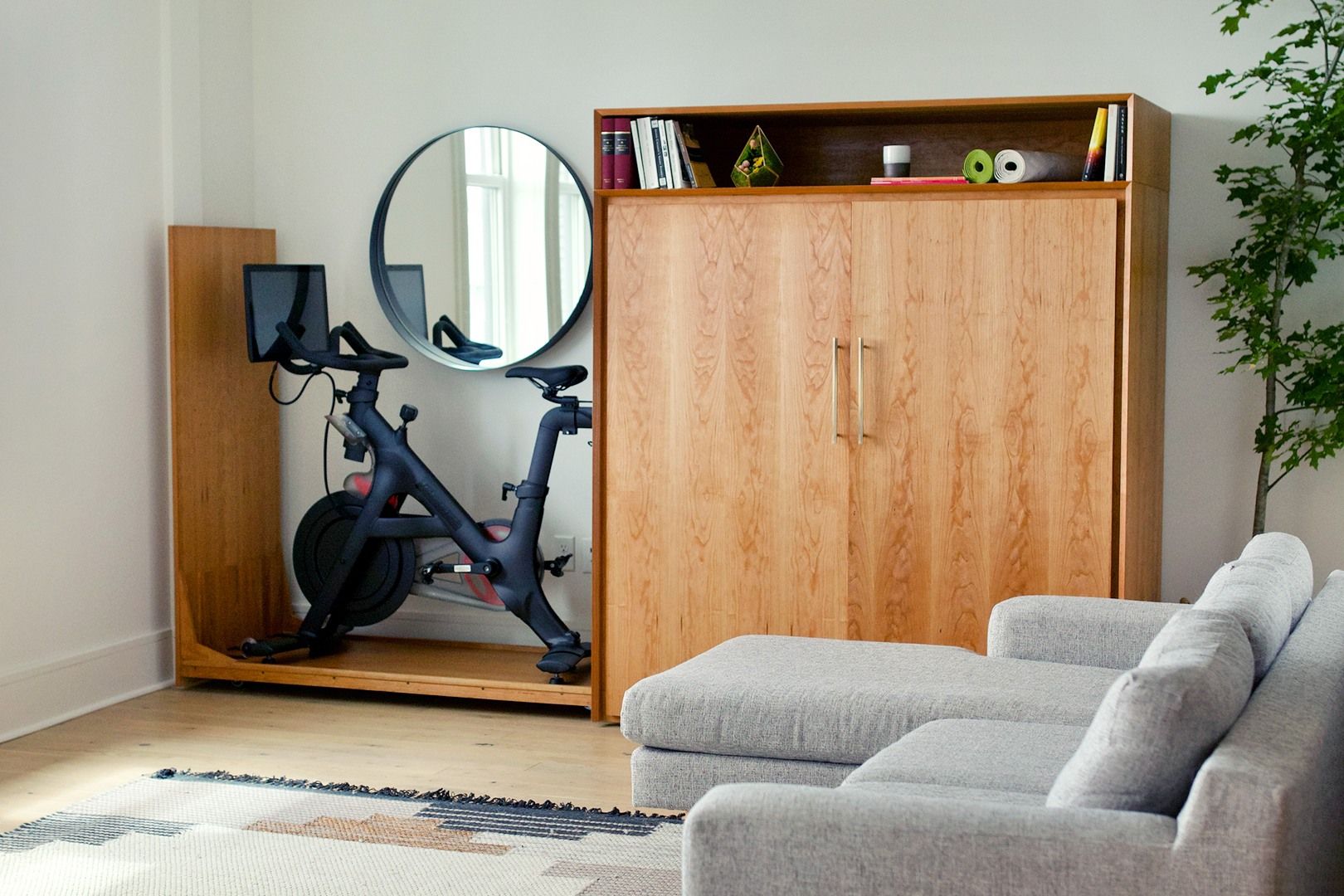
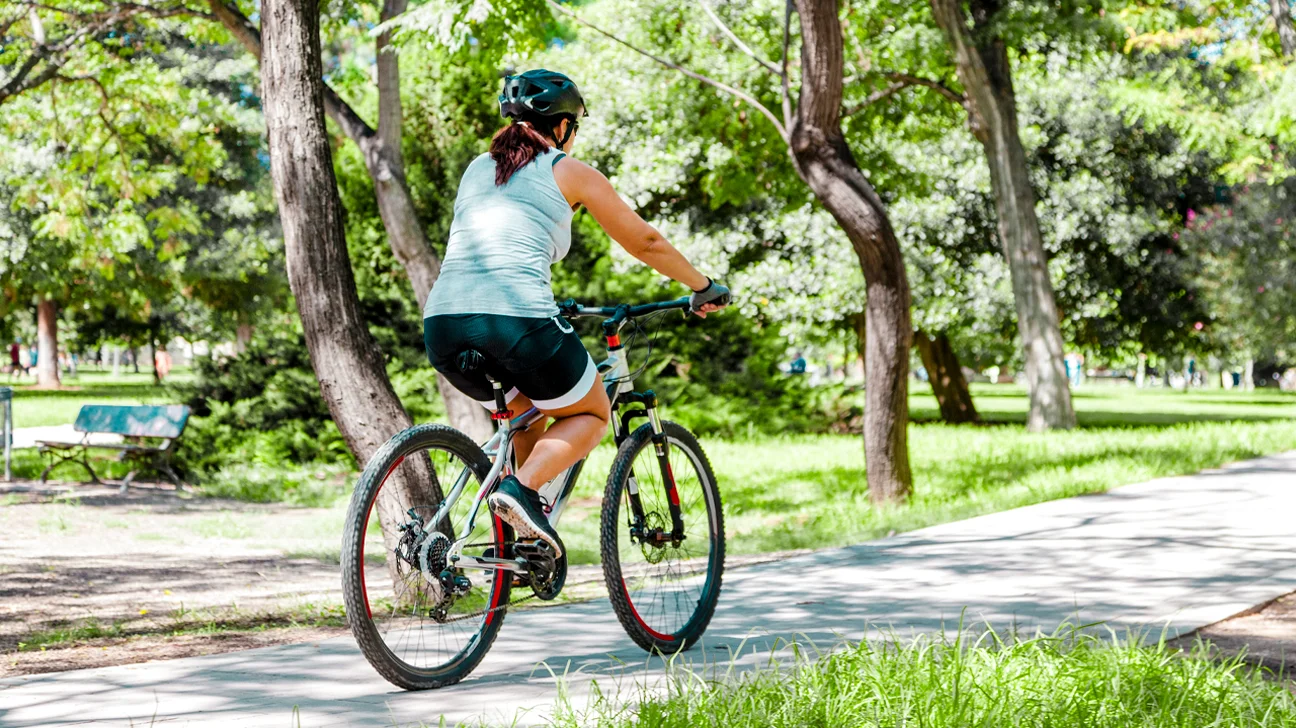
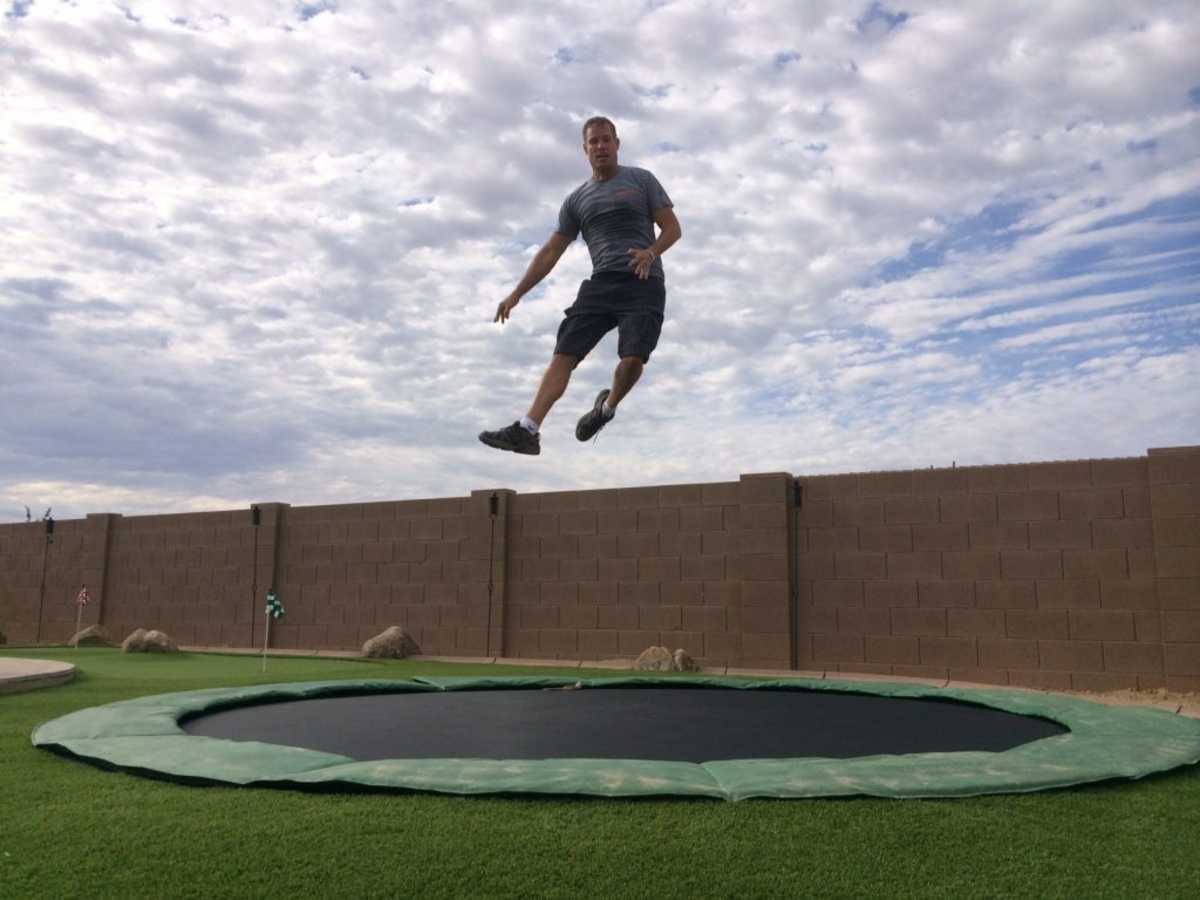
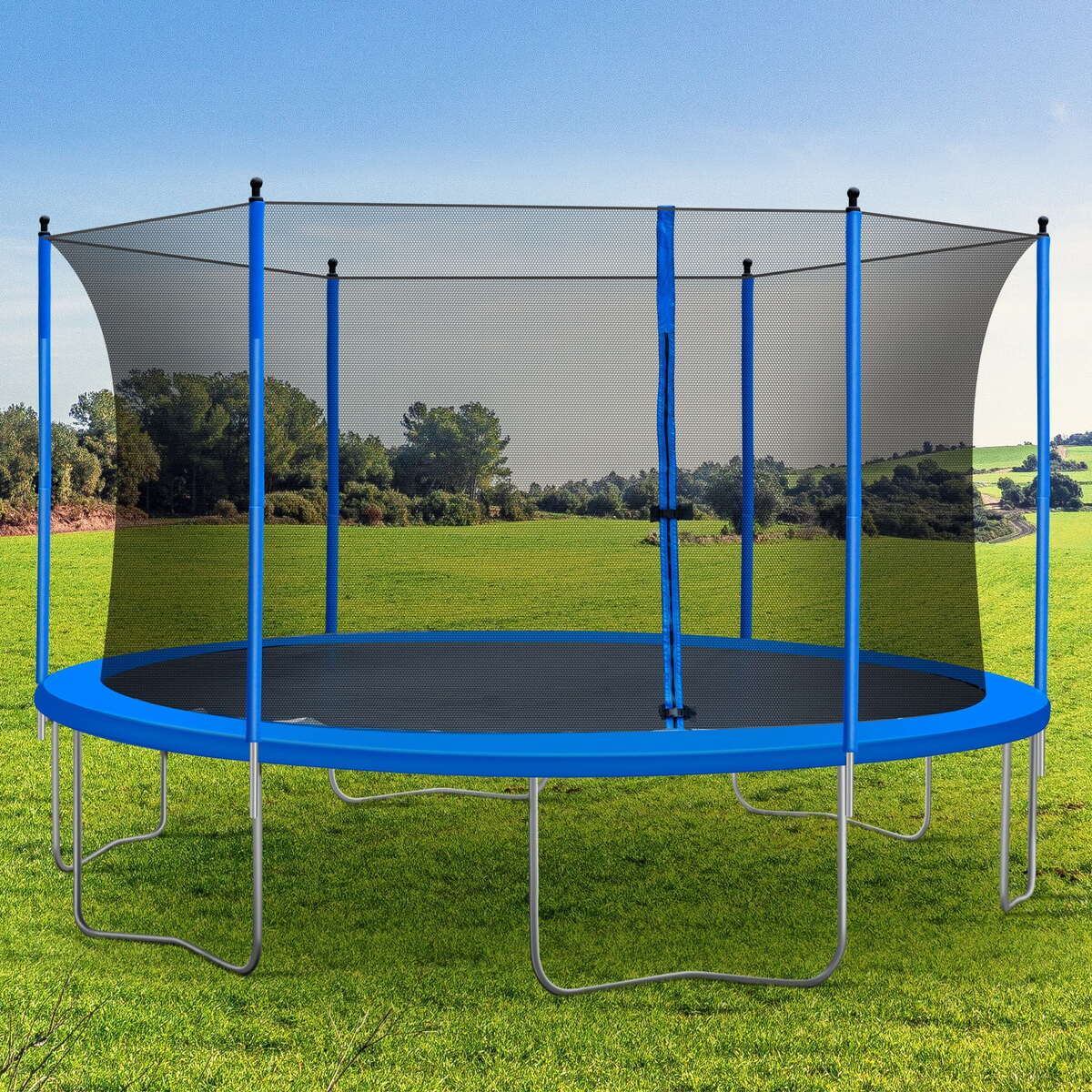
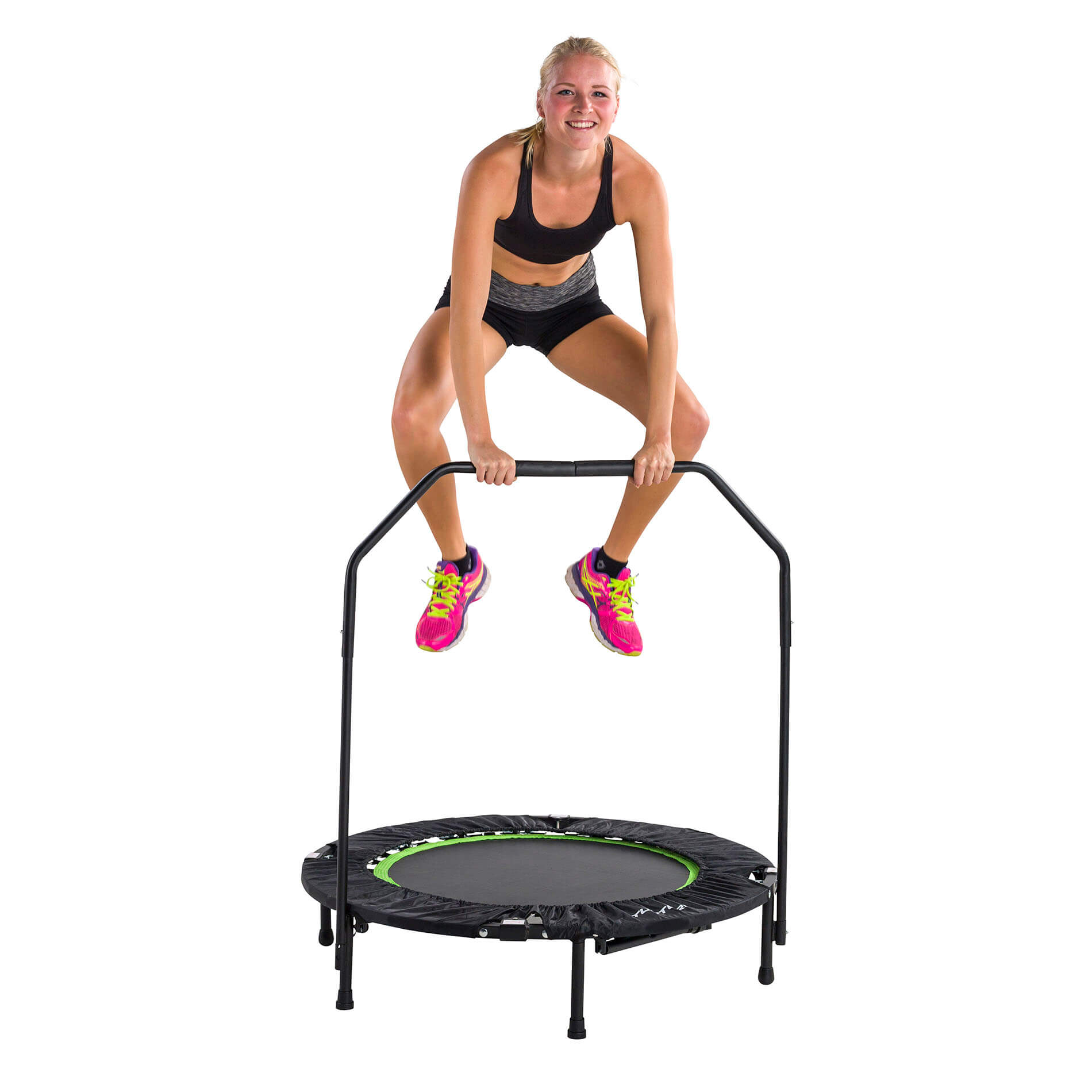




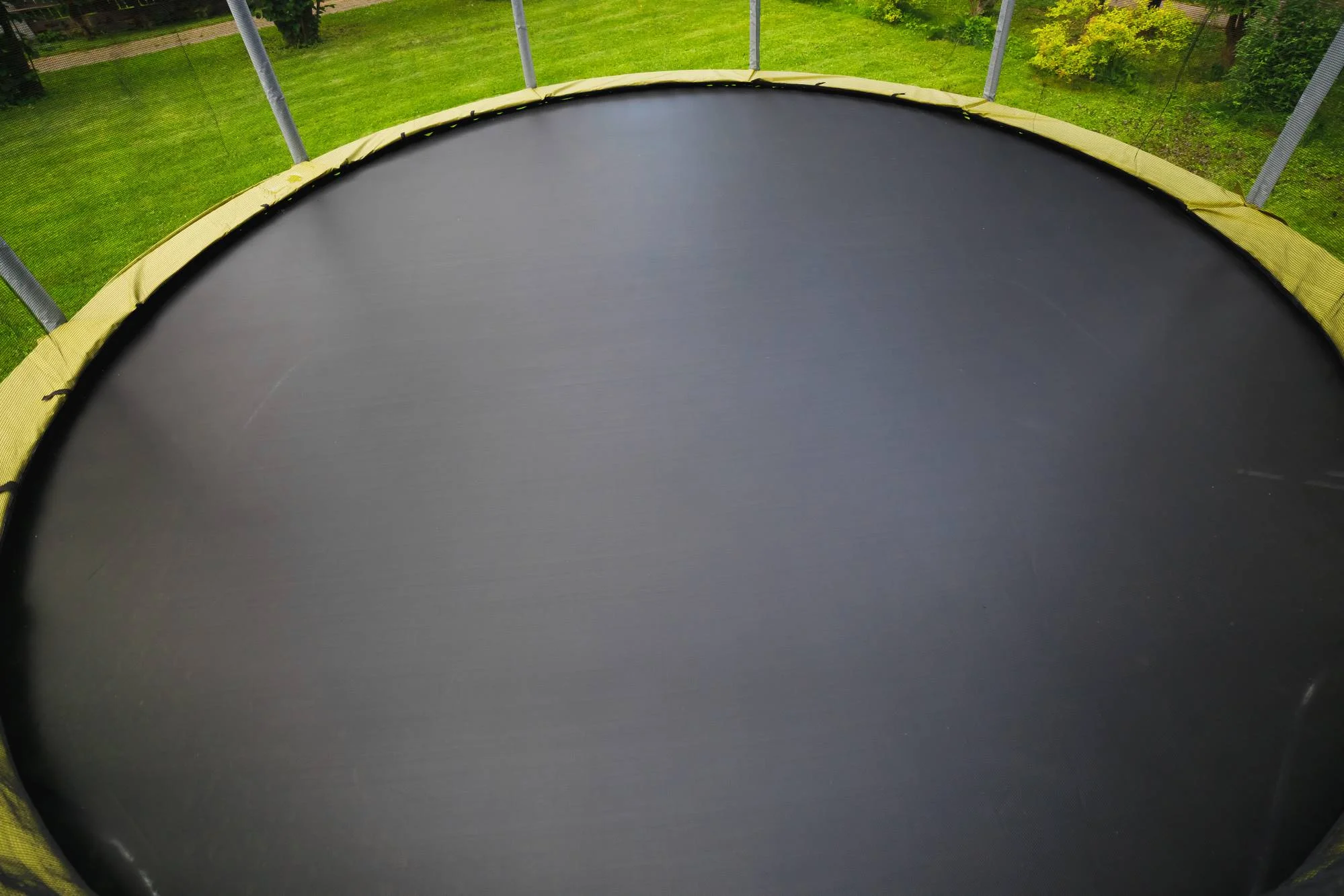

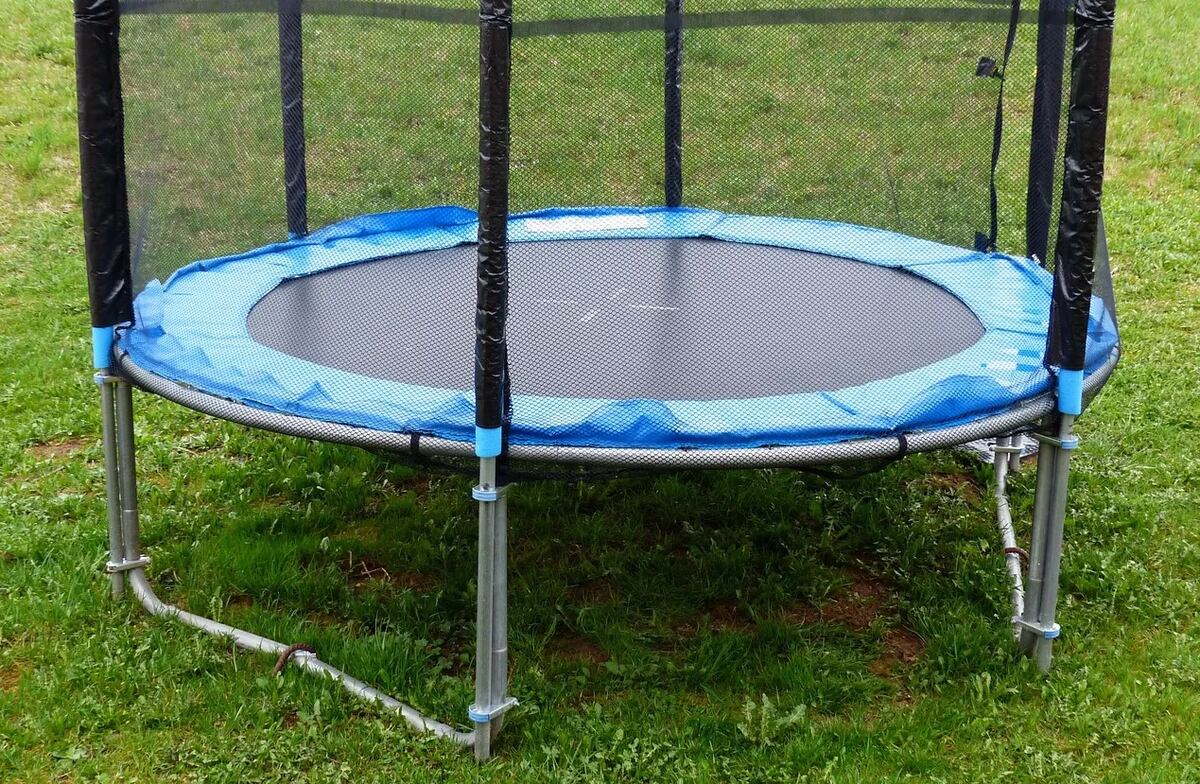



0 thoughts on “How To Exercise On A Trampoline”